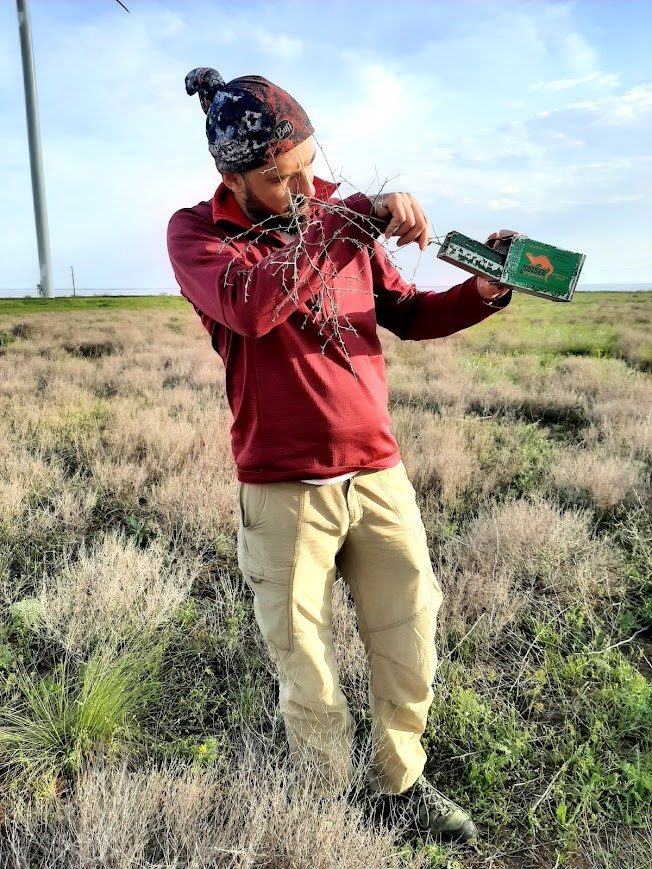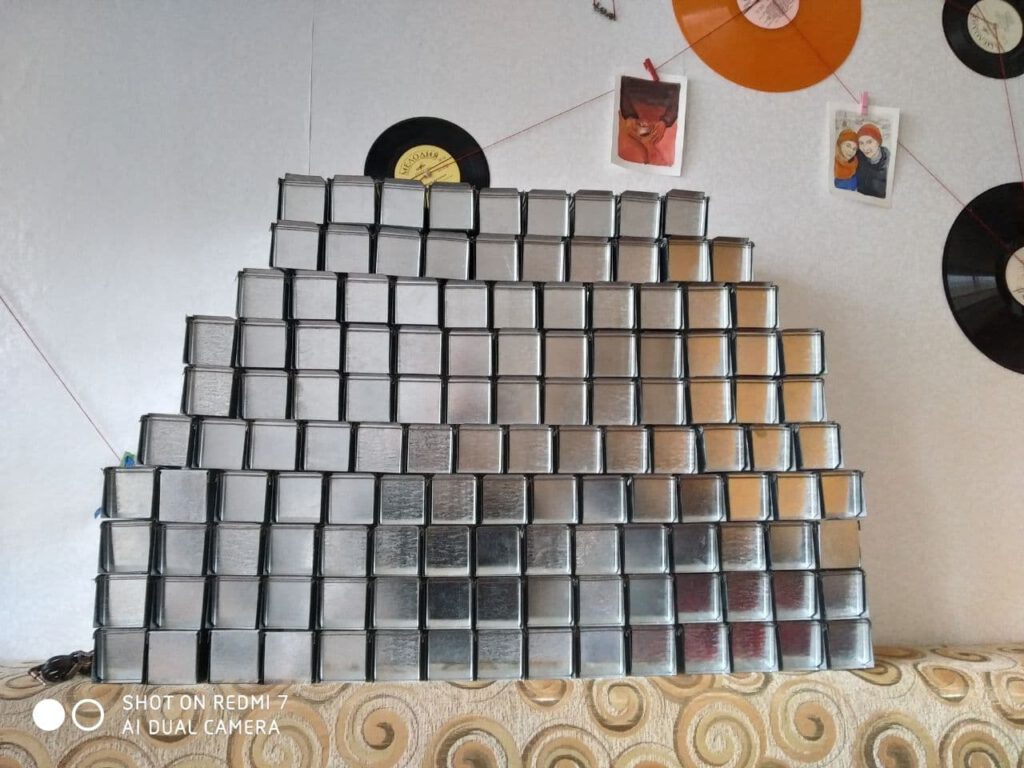The Dutch Mammal Society donated 50 Longworth live traps to Ukrainian mammalogists. In Ukraine, there is a very active group of mammalogists that collect as many information about the presence of small mammals in the southwest of Ukraine as possible. They do this with live traps, not to kill the animals. For this method many traps are needed, as well as very motivated field researchers, because these live traps have to be checked several times a day, also in the night when most mammals are active. Two types of live traps are widely used in Europe: Sherman live traps and Longworth live traps. However, these traps are pretty expensive. With help of The Habitat Foundation and the Dutch Mammal Society, the Ukrainian researchers were able to get a nice quantity of traps. The Dutch Mammal Society donated 50 Longworth live traps. The Habitat Foundation financed the production of 200 live traps, build according to a Russian design. Together with some Sherman traps they will be used this season during fieldwork in soutwest Ukraine. This offers also a nice opportunity to compare the different types of traps and learn more about their trapping efficiency and reliability.
In Ukraine, there is a very active group of mammalogists that collect as many information about the presence of small mammals in the southwest of Ukraine as possible. They do this with live traps, not to kill the animals. For this method many traps are needed, as well as very motivated field researchers, because these live traps have to be checked several times a day, also in the night when most mammals are active. Two types of live traps are widely used in Europe: Sherman live traps and Longworth live traps. However, these traps are pretty expensive. With help of The Habitat Foundation and the Dutch Mammal Society, the Ukrainian researchers were able to get a nice quantity of traps. The Dutch Mammal Society donated 50 Longworth live traps. The Habitat Foundation financed the production of 200 live traps, build according to a Russian design. Together with some Sherman traps they will be used this season during fieldwork in soutwest Ukraine. This offers also a nice opportunity to compare the different types of traps and learn more about their trapping efficiency and reliability.
The support of the Dutch Mammal Society and The Habitat Foundation is part of a campaign to help mammal researchers in Eastern Europe. Earlier, the Dutch Mammal Society donated live traps to researchers in Macedonia, Bosnia & Herzegovina, Montenegro, and Bulgaria. Regelink Ecology & Landscape and Cameraval.eu donated bat detectors and wildlife cameras to researchers in Bosnia & Herzegovina.
Information about the whereabouts of mammals and about their behaviour and habitat requirements is essential for their conservation. Do you also want to help the mammal researchers and conservationists in Eastern Europe with a donation (in money or equipment), contact us (info@thehabitatfoundation.org), or click the ‘Donate’-button. The equipment we are looking for is bat detectors, wildlife cameras, handheld GPS, live traps, mist nets, binoculars etc.. Besides learning more about the ecology of small mammals, the data collected with this equipment will be used for the second edition of the Atlas of European Mammals.

The three trap types: Sherman (above), Longworth (right), and Russian (left). On the left a pile of handmade Russian traps.







